Tips from experienced growers on how to remove wax from rose seedlings
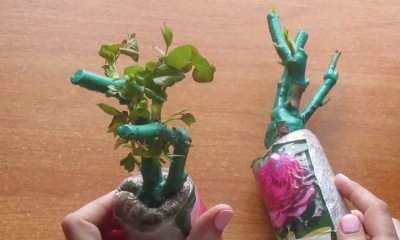 Rose lovers start buying seedlings at the end of winter. This is justified by fears that by the beginning of the season it will be more difficult to find quality goods on the shelves, and the price for it will increase several times.
Rose lovers start buying seedlings at the end of winter. This is justified by fears that by the beginning of the season it will be more difficult to find quality goods on the shelves, and the price for it will increase several times.
It is no secret that roses are covered with a waxy coating, which prolongs their shelf life. However, such sprouts cannot be planted in the ground.
Read about how to remove wax from cuttings of a purchased rose and not damage it in the article.
Content
Whether it is necessary to remove wax plaque from cuttings: the pros and cons
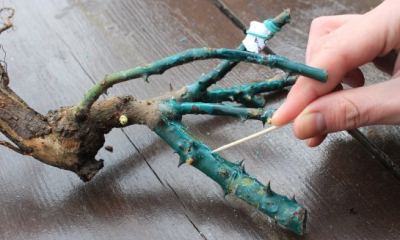 Rose seedlings are covered with bloom, which prevents them from drying out. There are 2 opinions on whether to shoot it..
Rose seedlings are covered with bloom, which prevents them from drying out. There are 2 opinions on whether to shoot it..
Some gardeners believe that it does not harm the plant, while others are convinced that the stems under it will mate and deteriorate.
To make the right decision, you need to evaluate how heavily the seedlings are covered with paraffin. If it is found only on the tops of the shoots and on the cuts, then the protective layer can not be removed. Moreover, its thickness should not be more than 0.2 mm.
Provided that the seedling is completely covered with a thick layer of paraffin, it must be removed, but do it directly when landing. During the period of overexposure of the seedling (in a box, on the balcony or in the refrigerator), it is not removed.
For this, it is recommended to clean 2-3 small areas. Signs of a quality plant: smooth, shiny bark, under which a green layer of cambium is hidden. Root and shoot sections should be white, not brown.
Arguments "for" withdrawal:
- wax prevents the rose from breathing;
- it is easy to miss damage under a thick layer;
- the paraffin wax will melt in the sun, causing burns on the plant.
Arguments against":
- it protects the plant from drying out;
- during its removal, it is easy to damage the seedlings;
- modern wax is designed to protect the plant from diseases and pests.
How to clean it properly?
Experienced gardeners use a gentle way to remove wax from roses. This does not require any aids.
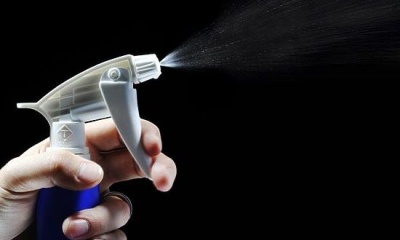 Procedure:
Procedure:
- Bring the plant into the room.
- Without taking it out of the package, moisten the roses with a spray bottle.
- Repeat the procedure several times a day.
- The roots of the seedlings will begin to absorb moisture, the stems will not dry out, due to which the wax itself will begin to crack and fall off.
If the plaque is dense, then this method of removing it is not suitable. In this case, resort to the second method:
- using a pointed peg (the best option is a wooden stick to push back the cuticle) gently pick up the edge of the paraffin shell;
- the capture must be done at the root of the plant;
- the film is lifted with a peg and moved along the stem;
- those pieces of wax that flake off are removed by hand.
The third method is suitable for European roses, which are rarely covered with a dense paraffin bloom. Procedure:
- Soak the seedling in water to absorb moisture.
- Leave the rose in direct sunlight, periodically sprinkling it with warm water.
- You need to moisten the plant every 30 minutes.
- Thanks to this effect, the paraffin will become soft, after which the film can be easily removed by hand.
- When the wax is removed, the roots are rinsed with clean water and planted in the ground.
Features for purchased seedlings
 Roses from the box must be cleaned of wax if applied in a thick layer. The best way is to soak.
Roses from the box must be cleaned of wax if applied in a thick layer. The best way is to soak.
This must be done before landing. In this case, the seedlings themselves can not be removed from the box.
You can remove wax from seedlings and cuttings using a regular toothpick or a sharpened wooden skewer. For starters, the plant can be kept in a cool place to harden the plaque. A toothpick is carried along the cutting, cutting the wax layer with it.
You can remove the paraffin from the stem by the "steaming" method, moistening the plant and laying it out in the sun, but not under the scorching rays, but in partial shade. Until the coating begins to peel off, the plant must be sprayed every 30 minutes.
Helpful information
Gardening tips:
- Before buying, you need to ask the seller what kind of coating is applied to the roses. Conscientious seedlings growers process them with modern formulations that can be left on. This wax will protect the shoots from gray mold and other diseases.
- If the wax adheres very tightly to the shoots, then after planting it will not fall off. Given its low melting point, it can be assumed that under the bright summer sun, it literally "boils" on the plant, spoiling it. Such a plaque must be removed.
- Do not use metal tools such as a nail file to remove wax. It is easy to damage the plant with sharp devices, because of which it will die.
Useful information on how to remove wax from various surfaces can be found in this section.
Related videos
How easy it is to remove wax from purchased roses, the video will tell you:
Conclusion
There is no one-size-fits-all solution whether to remove wax from roses or not. It all depends on the thickness of the applied layer. What matters is the quality of the wax itself, which was used for processing. If this is ordinary paraffin, then it must be removed.
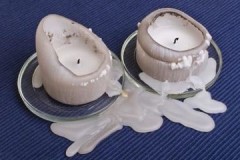
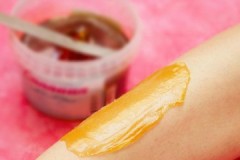
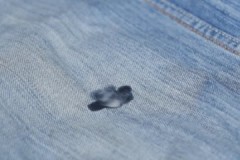
 Cleaning
Cleaning Wash
Wash Ironing
Ironing Technics
Technics Cleaning products
Cleaning products Storage and care
Storage and care